Which Japanese conveyor belt sushi chain has the best tuna sushi?【Taste test】
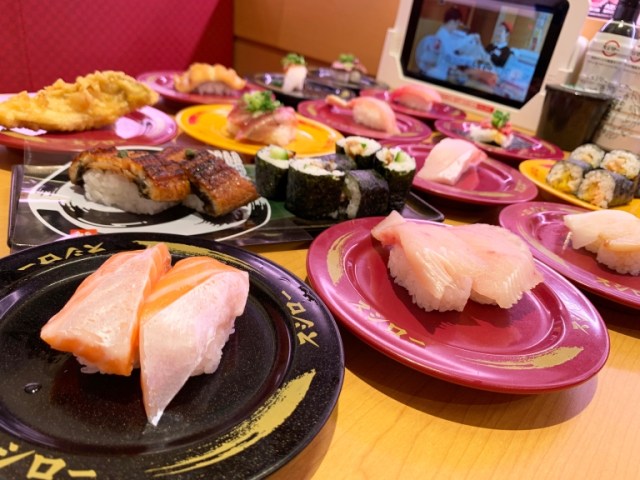
We go kaitenzushi hopping for a back-to-back-to-back-to-back maguro comparison.
Easy access to tasty sushi is, undeniably, one of the greatest things about being in Japan. But being spoiled for choice means that whenever we find ourselves craving sushi, we then have to answer the question of which sushi restaurant we’re going to eat at.
Even within the subset of kaitenzushi, or conveyor belt sushi, restaurants, we’ve still got multiple options to choose from, and our Japanese-language reporter P.K. Sanjun has made it his mission to find out who’s the best of the best among Japan’s big four kaitenzushi chains of Kappa Sushi, Kura Sushi, Sushiro, and Hama Sushi.
▼ Clockwise from top left: Kappa Sushi, Kura Sushi, Sushiro, and Hama Sushi
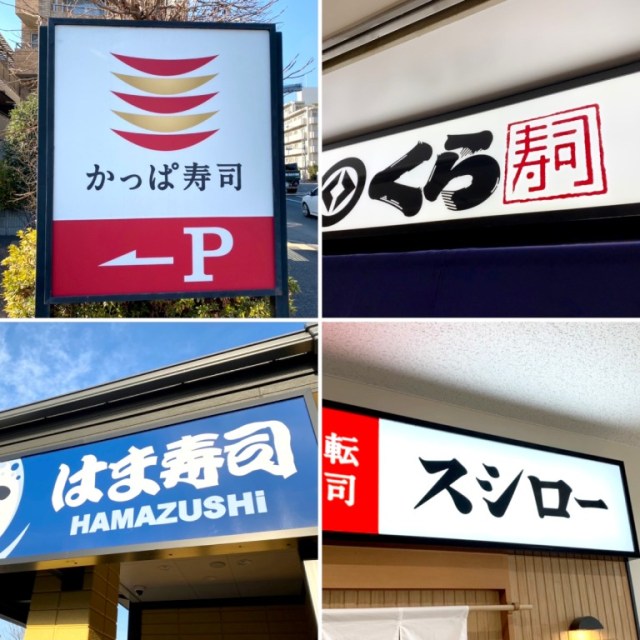
P.K.’s massive stomach capacity is well documented, but even for him eating the entire sushi lineup at all four restaurants is too large a task/meal plan. So instead, he’s starting his investigation by ordering and eating maguro, or tuna, sushi at each. Mauro is one of the most popular kinds of sushi, so foodies often use it as a baseline test for the overall quality of a sushi restaurant. A good sushi restaurant should have good maguro, and one that stumbles over such a fundamental sushi essential probably isn’t going to surprise you with the quality of their more esoteric ingredients.
▼ Once again, clockwise from top left: Kappa Sushi, Kura Sushi, Sushiro, and Hama Sushi
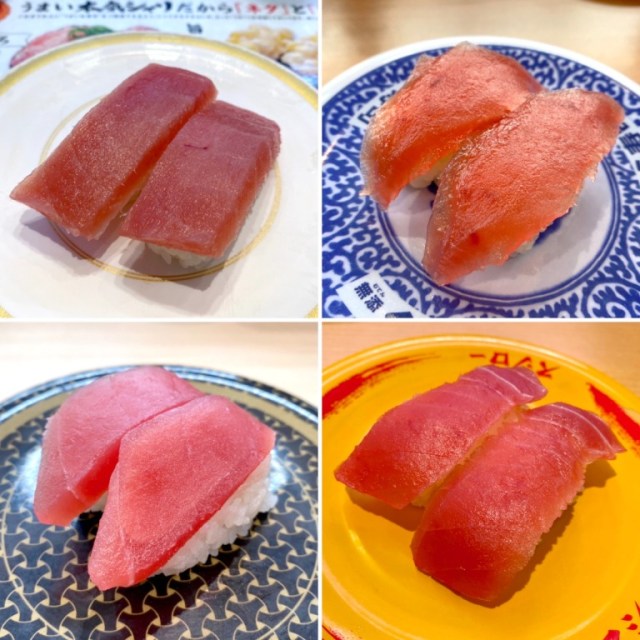
To get the most accurate comparison possible, P.K. visited all four restaurant back-to-back-to-back-to-back on the same day, and here are his taste-testing notes.
● Kappa Sushi (110 yen [$US0.95])
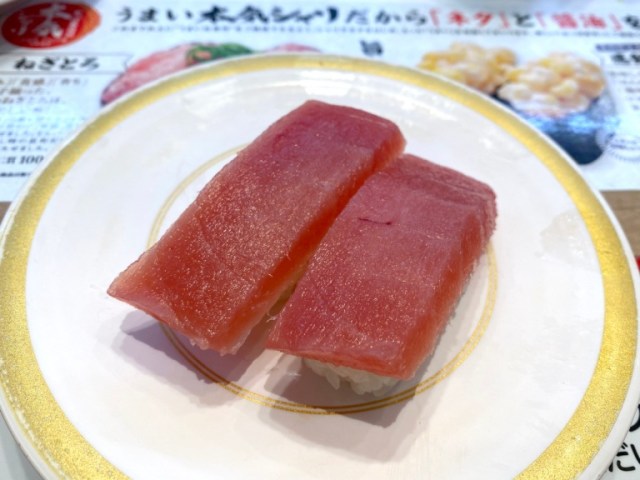
First up is Kappa Sushi, which, like three of the four restaurants on our list, prices its maguro at 110 yen for two pieces. The cuts of fish were nice and thick, and remarkably low in tendons, giving them a smooth, uniform texture. There was a little more moisture in the fish than P.K. would like, but overall, this was some solid maguro that didn’t disappoint.
● Kura Sushi (110 yen)

Kura Sushi also uses thick-cut tuna, and the fish was refreshingly moist without feeling soggy, with a nicely balanced texture that’s neither too soft nor too firm. It felt a little lacking in umami, by P.K.’s standards, but all in all, not bad, especially for the price.
● Hama Sushi (110 yen)
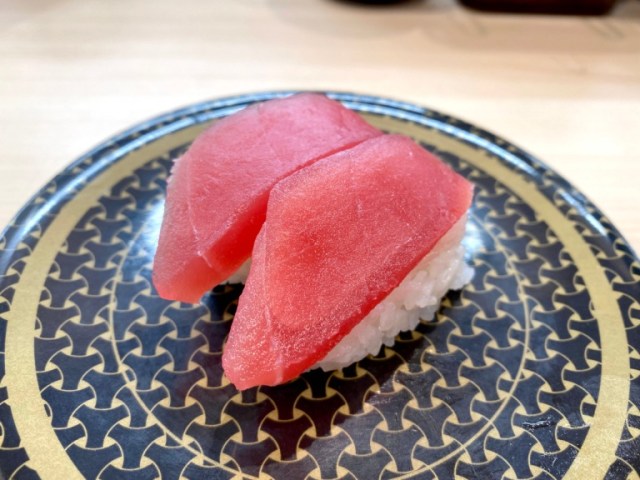
Hama Sushi’s tuna was similar to Kura’s, with a bit more sinuous texture and a little more umami, though a bit more still would have raised it to another level of deliciousness. Still, this was P.K.’s favorite so far.
● Sushiro (132 yen)
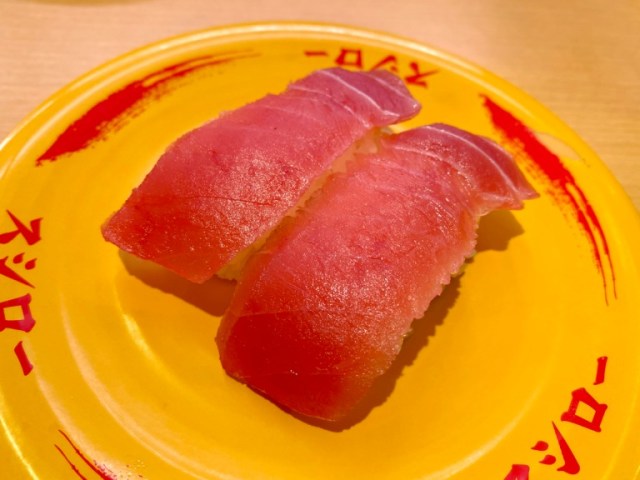
But if we’re talking about the maguro that really was on a higher level, that’s Sushiro’s. For P.K., this was the best of the four by far, thanks to it being the most umami-rich and flavorful.
That’s not to say that any of the contenders were bad, though, and P.K. could see himself happily eating multiple plates of any of the restaurants’ maguro. But since he usually doesn’t go to four restaurants in a single day and has to pick just one, if he’s craving maguro, Sushiro is his first choice. Really, the only drawback is that Sushiro’s tuna is the most expensive of the bunch. An extra 22 yen is a pretty affordable luxury, though, and outside of the big cities some Sushiro branches offer their maguro for just 110 yen, so fitting it into your budget isn’t that hard to do.
Photos © SoraNews24
● Want to hear about SoraNews24’s latest articles as soon as they’re published? Follow us on Facebook and Twitter!
Credit:

0 comments: